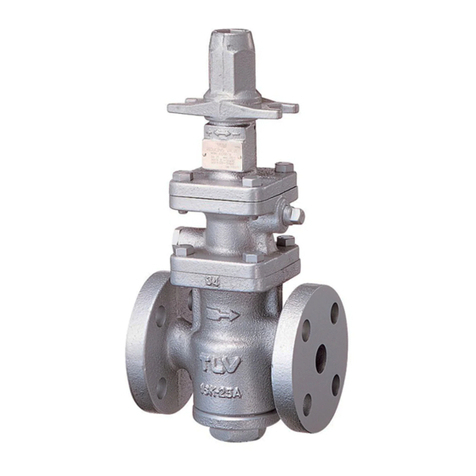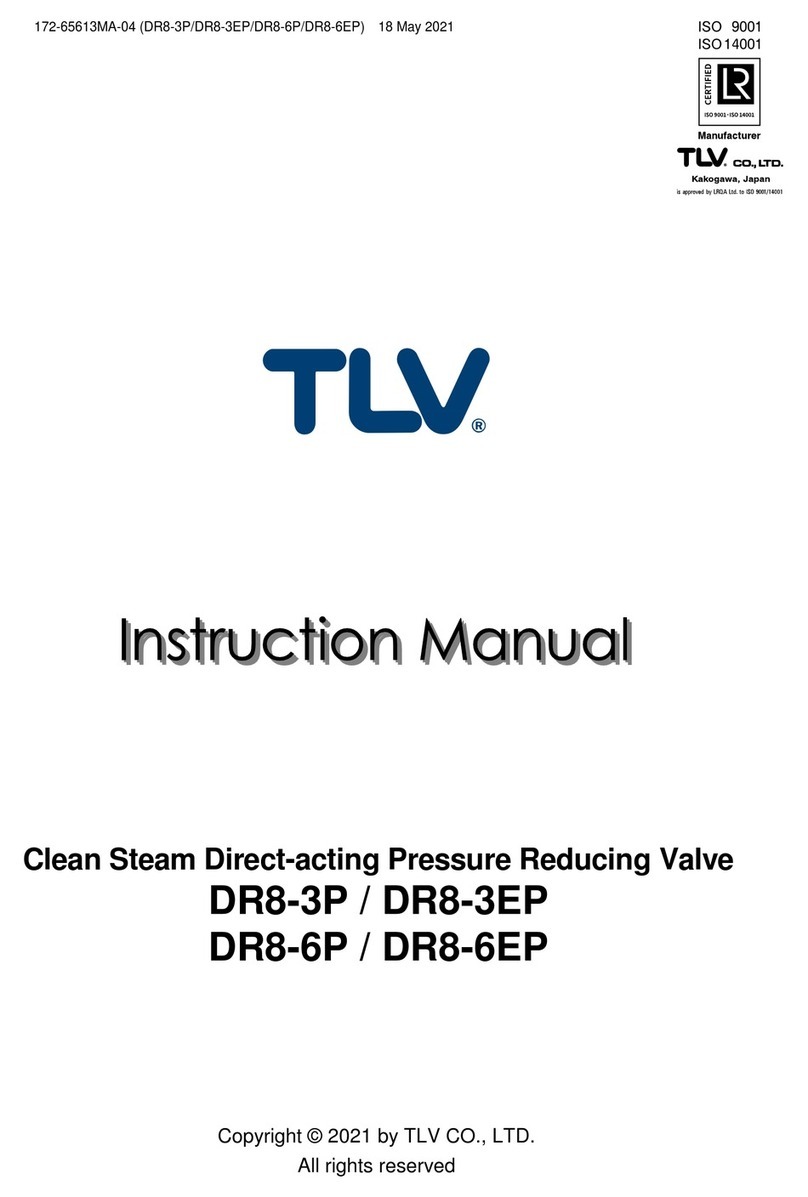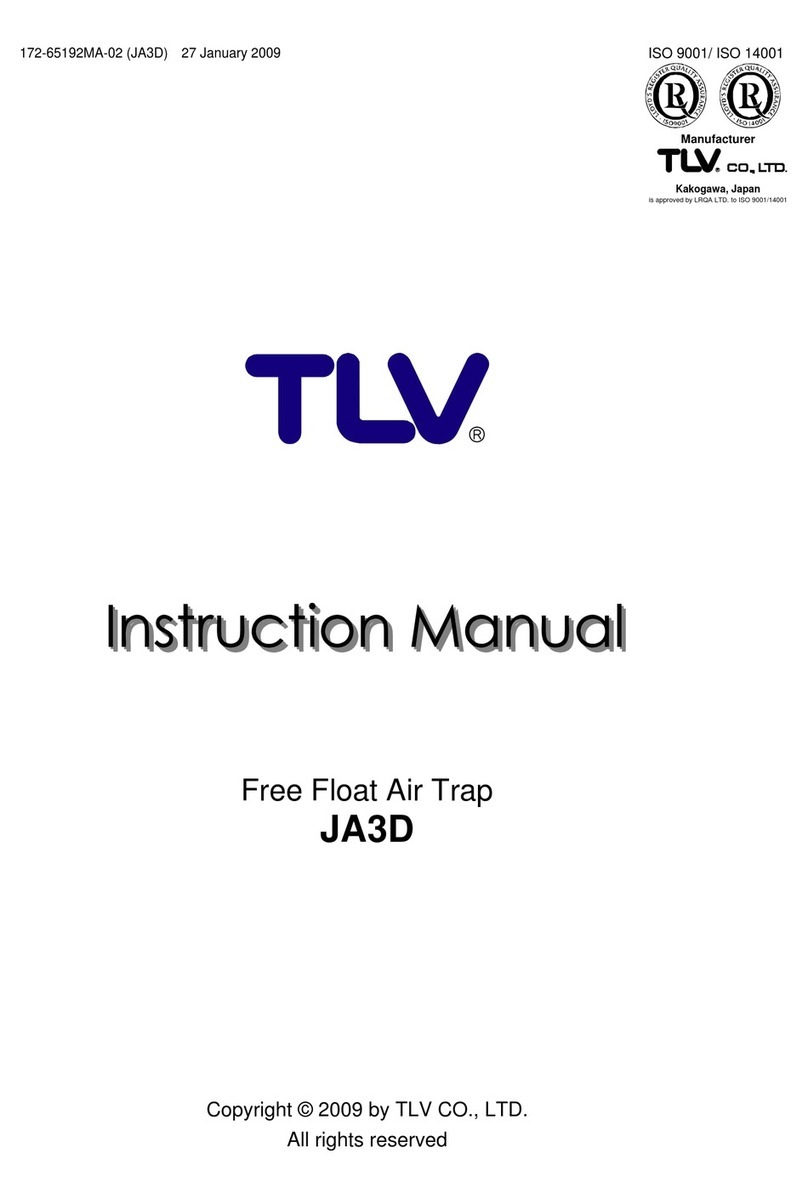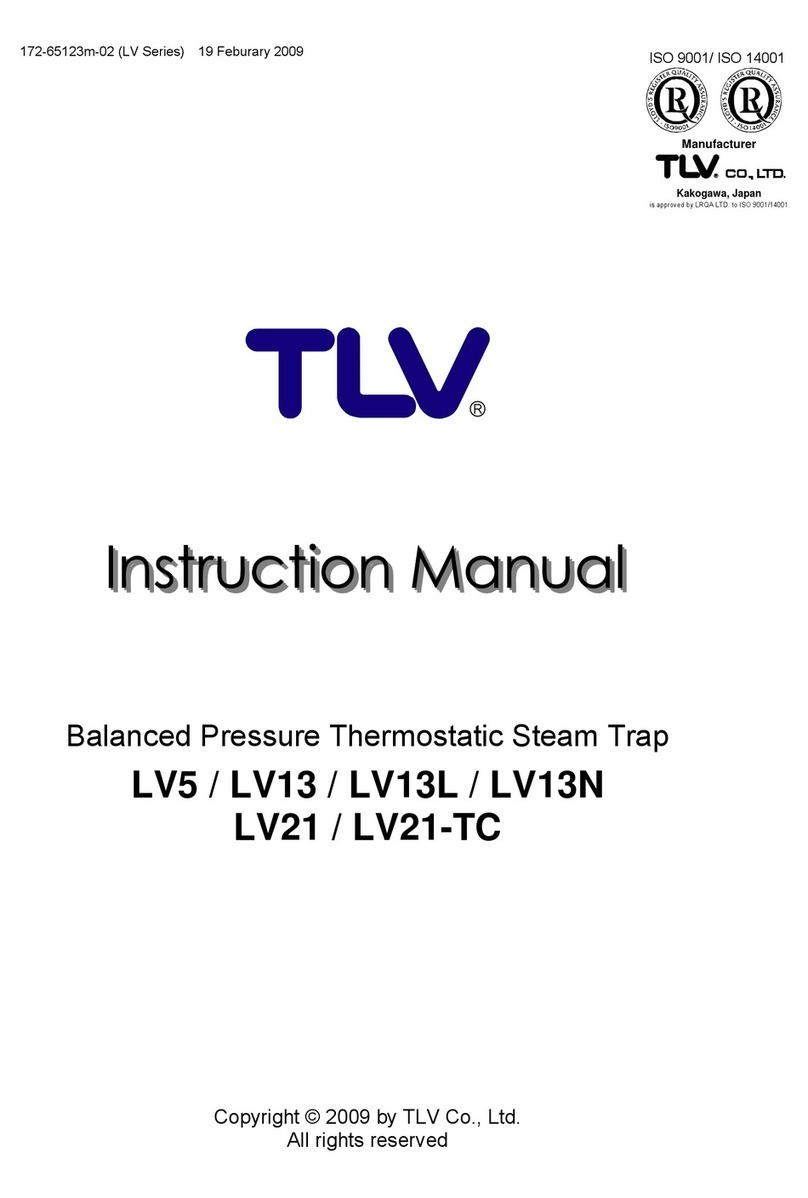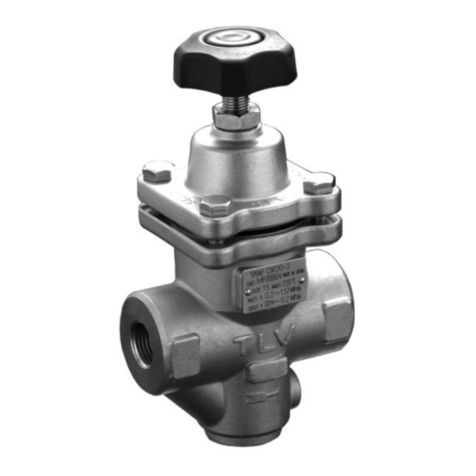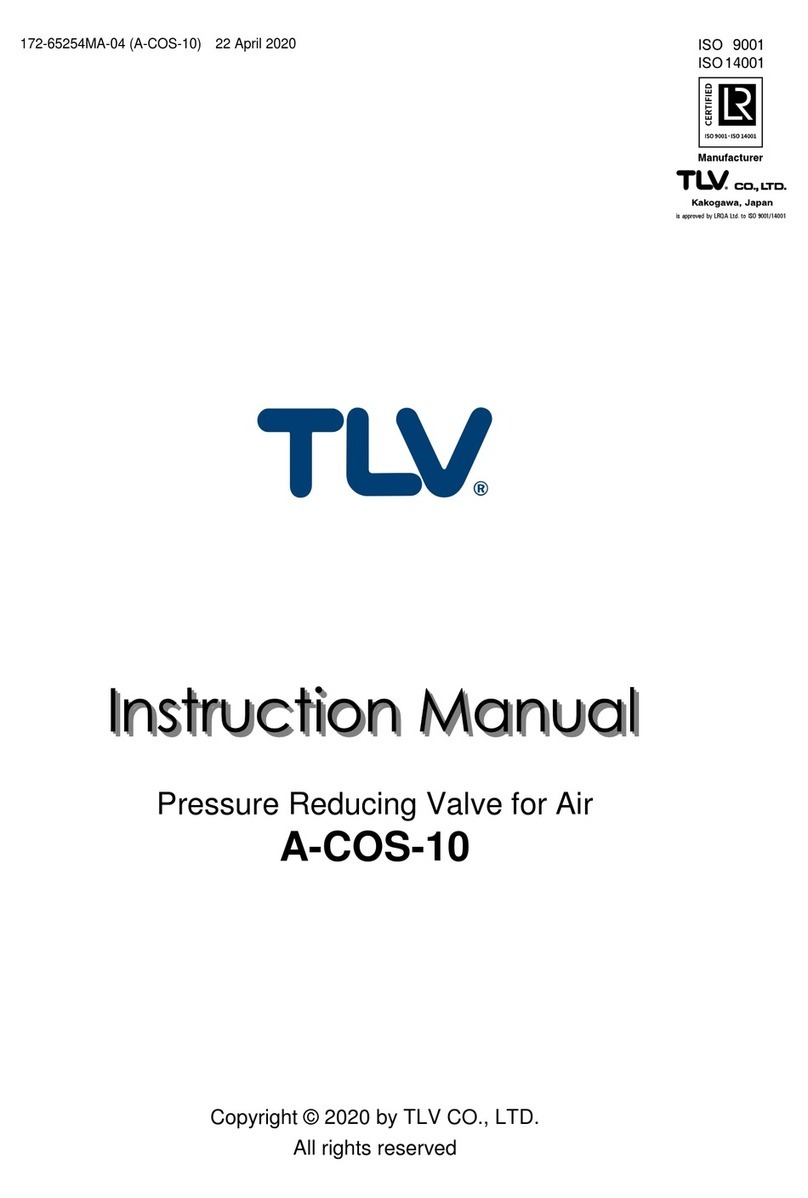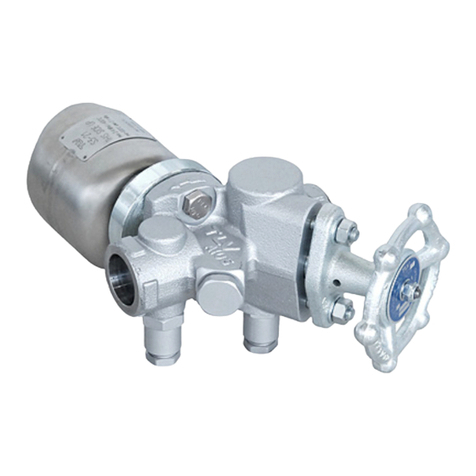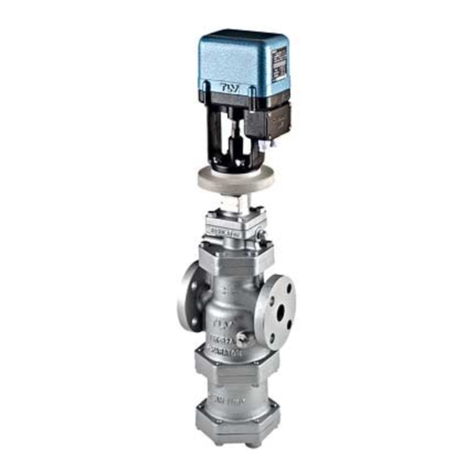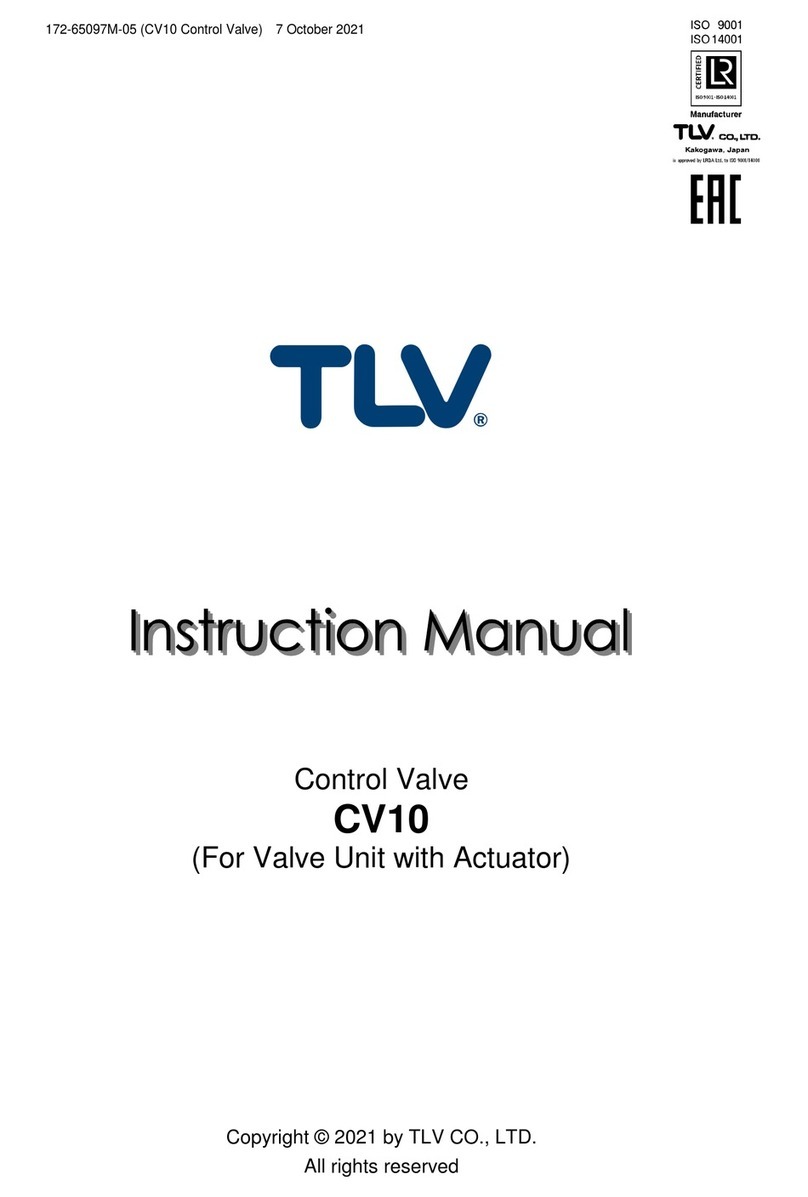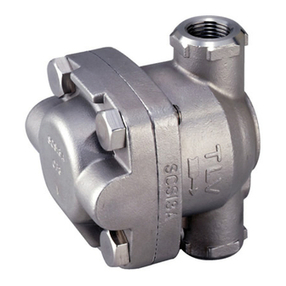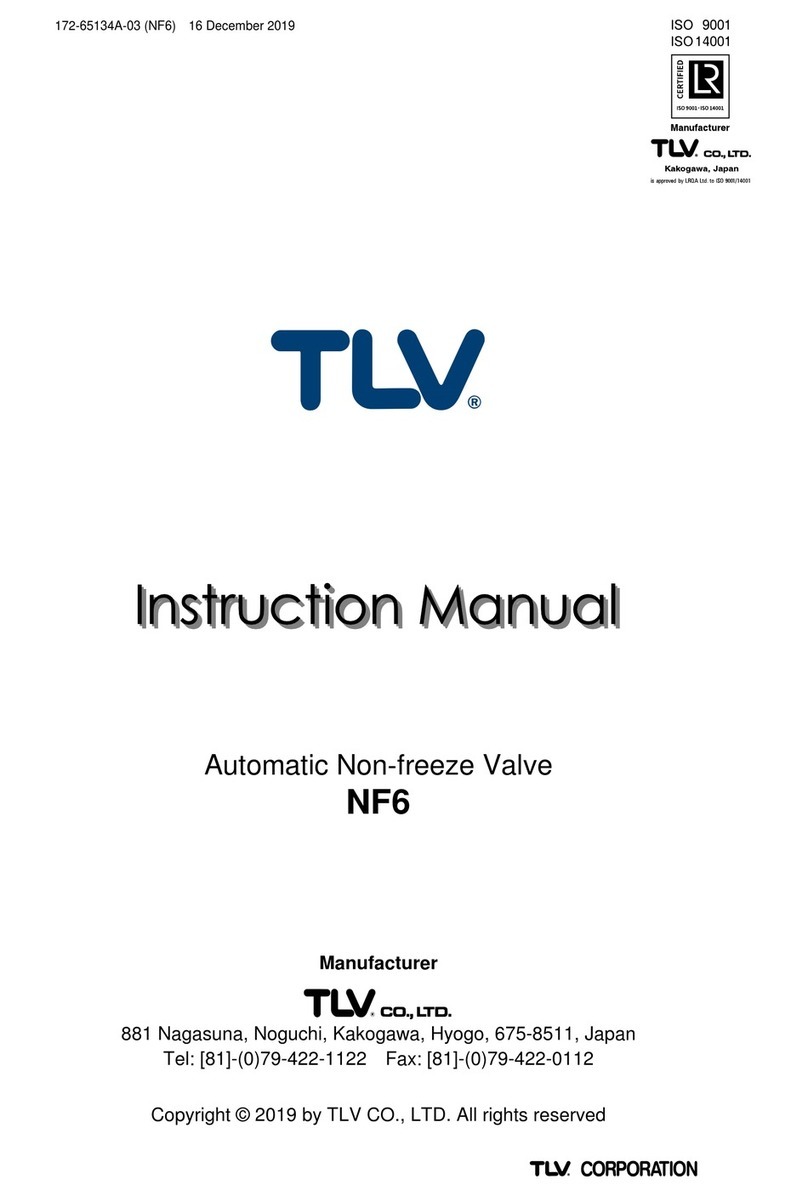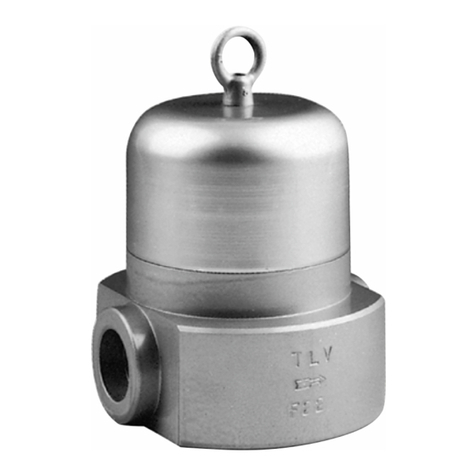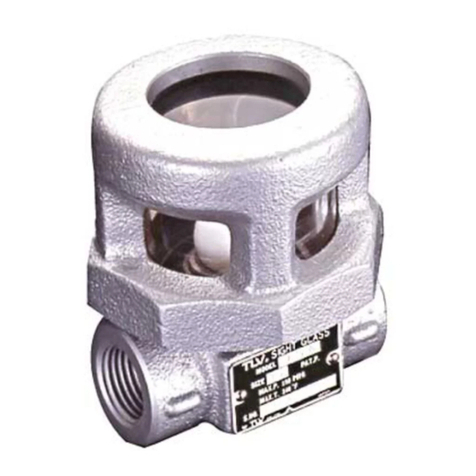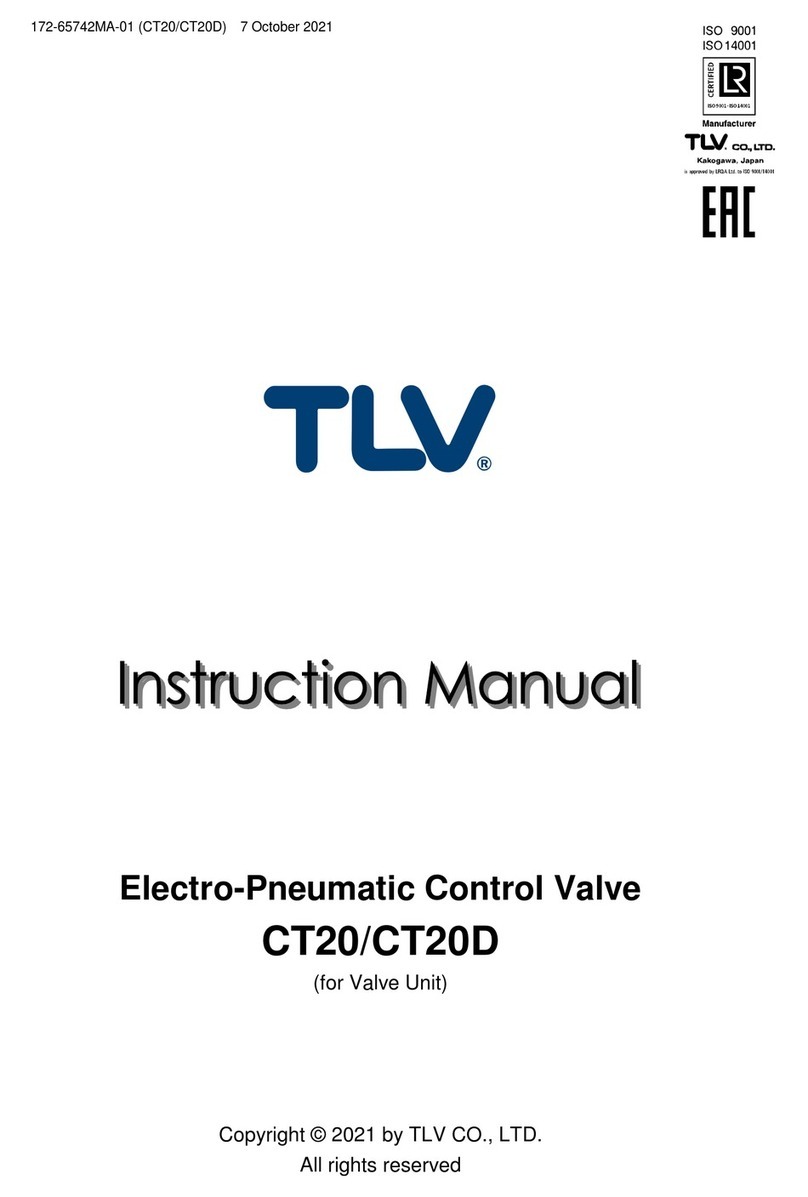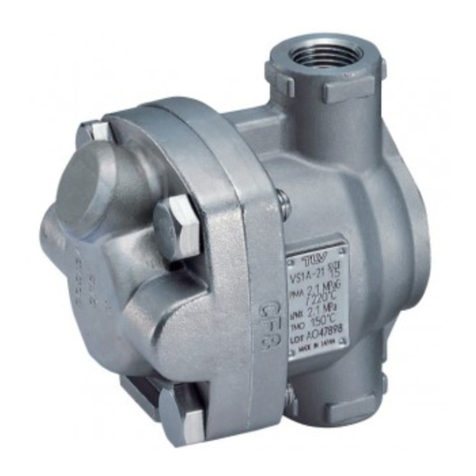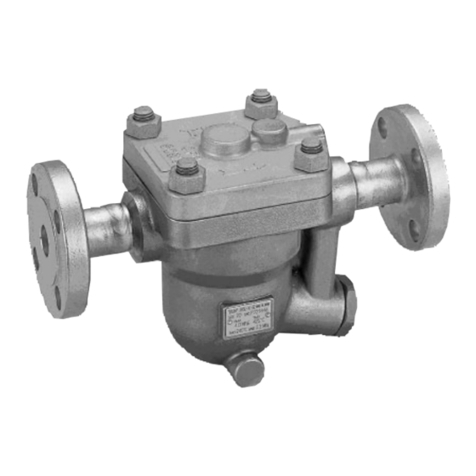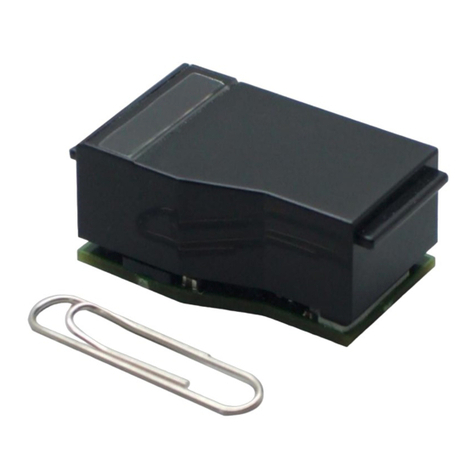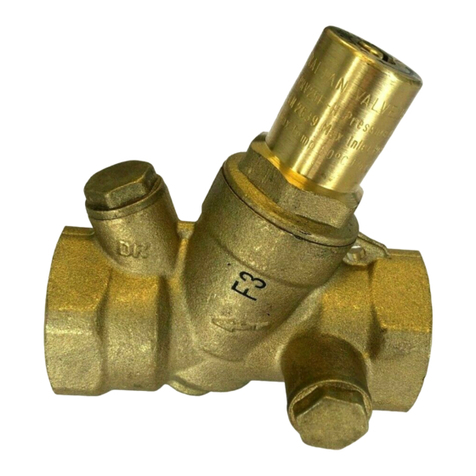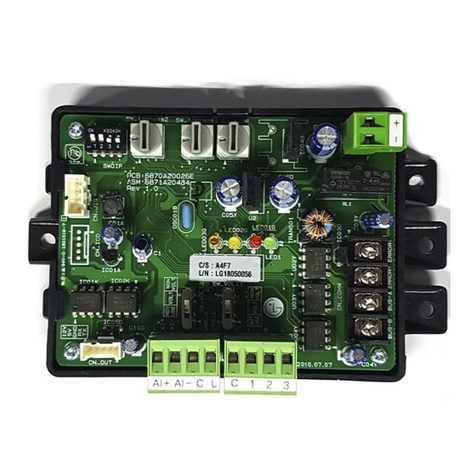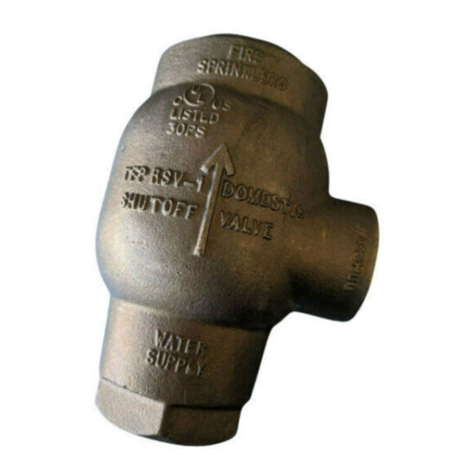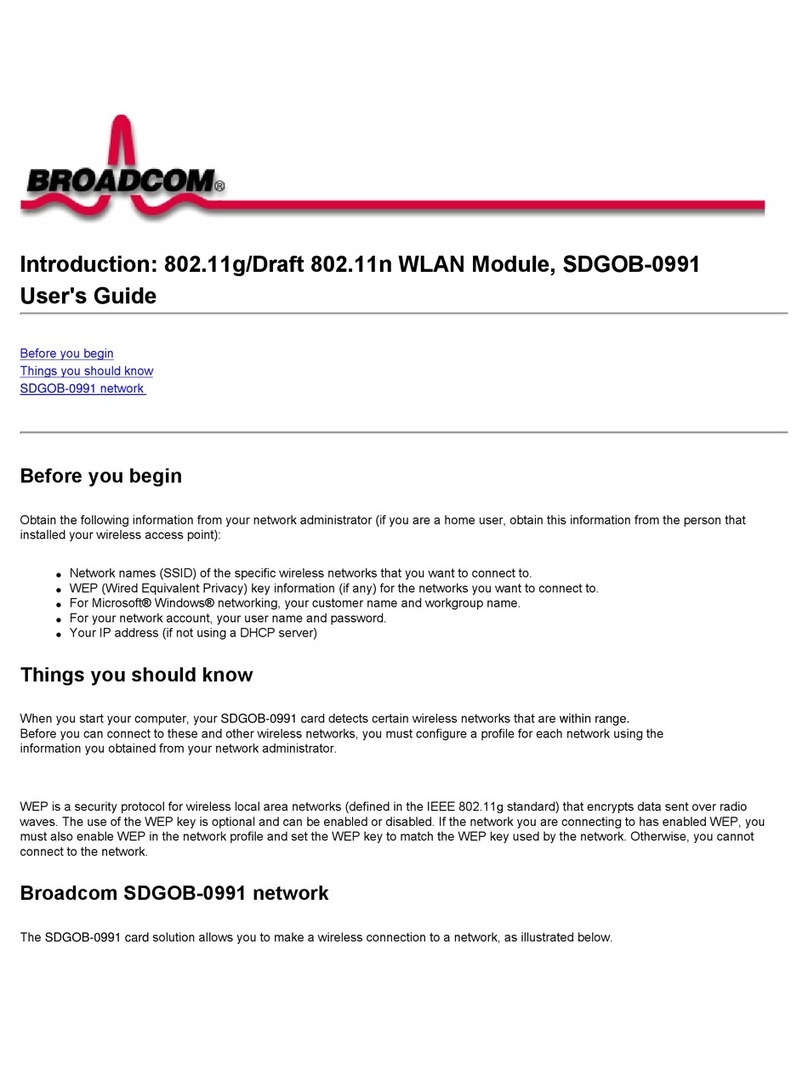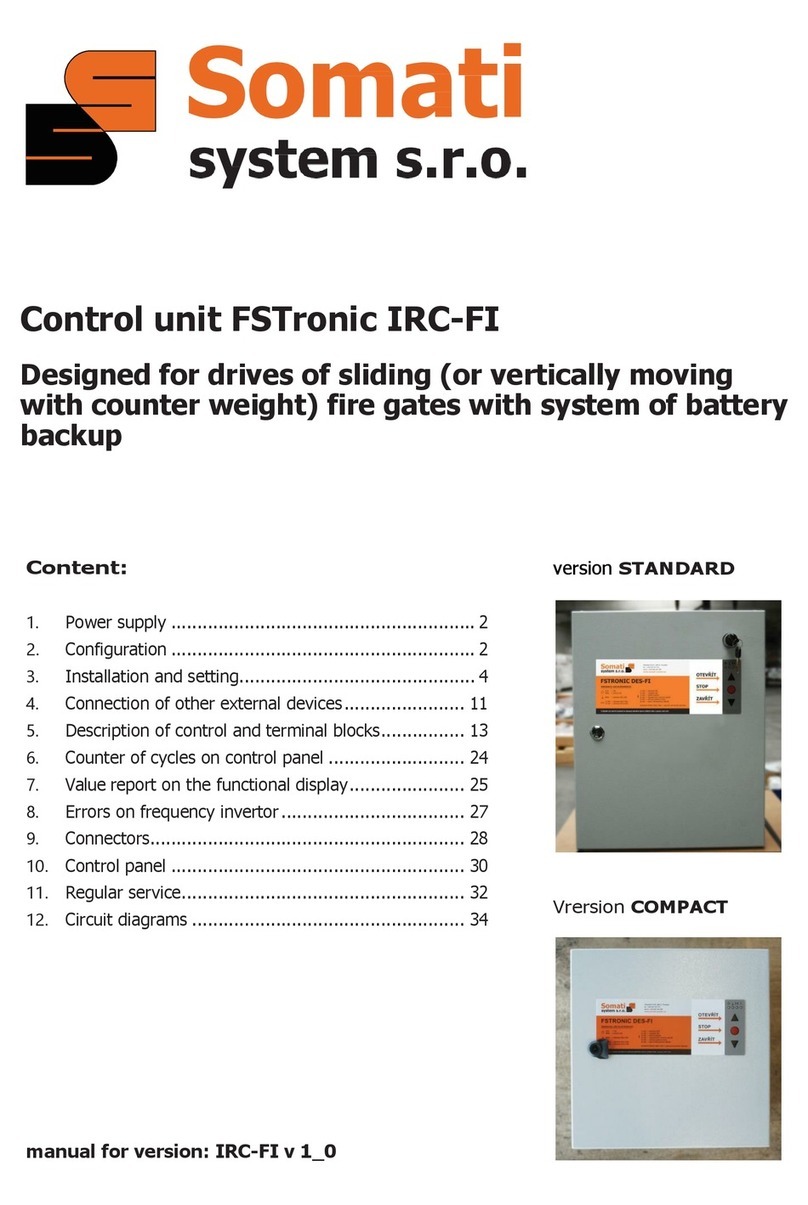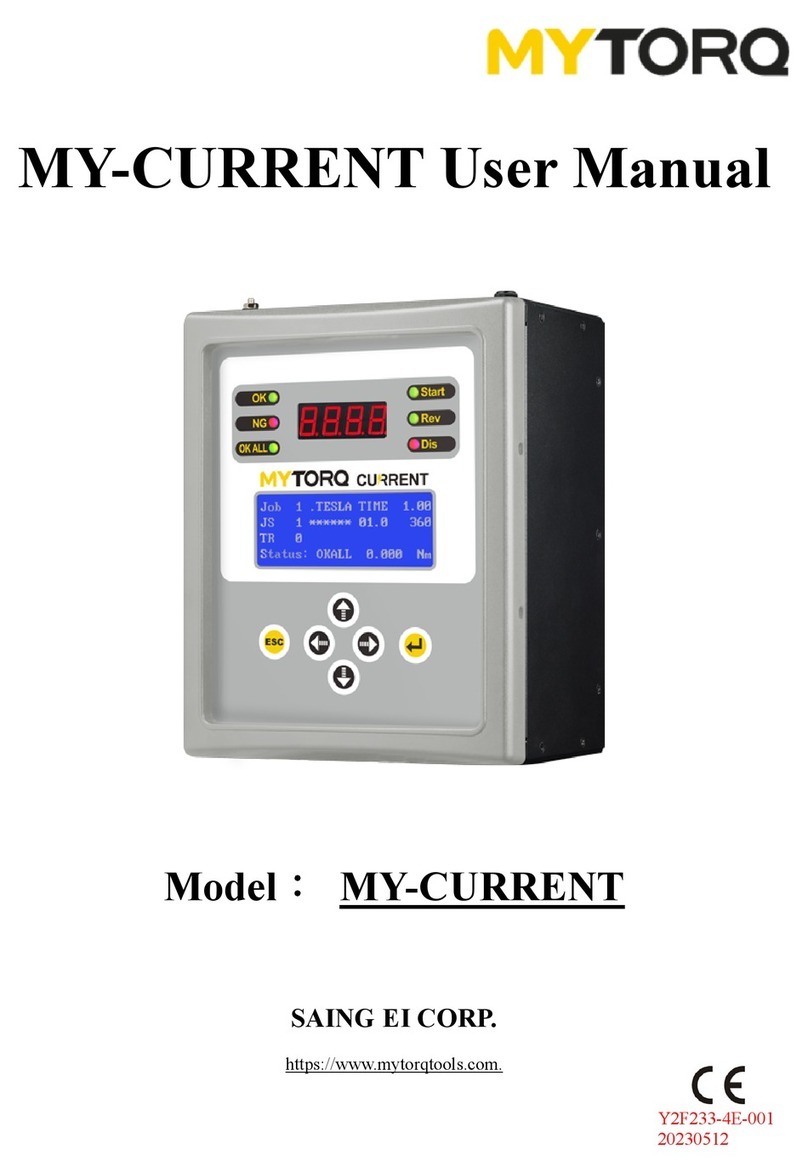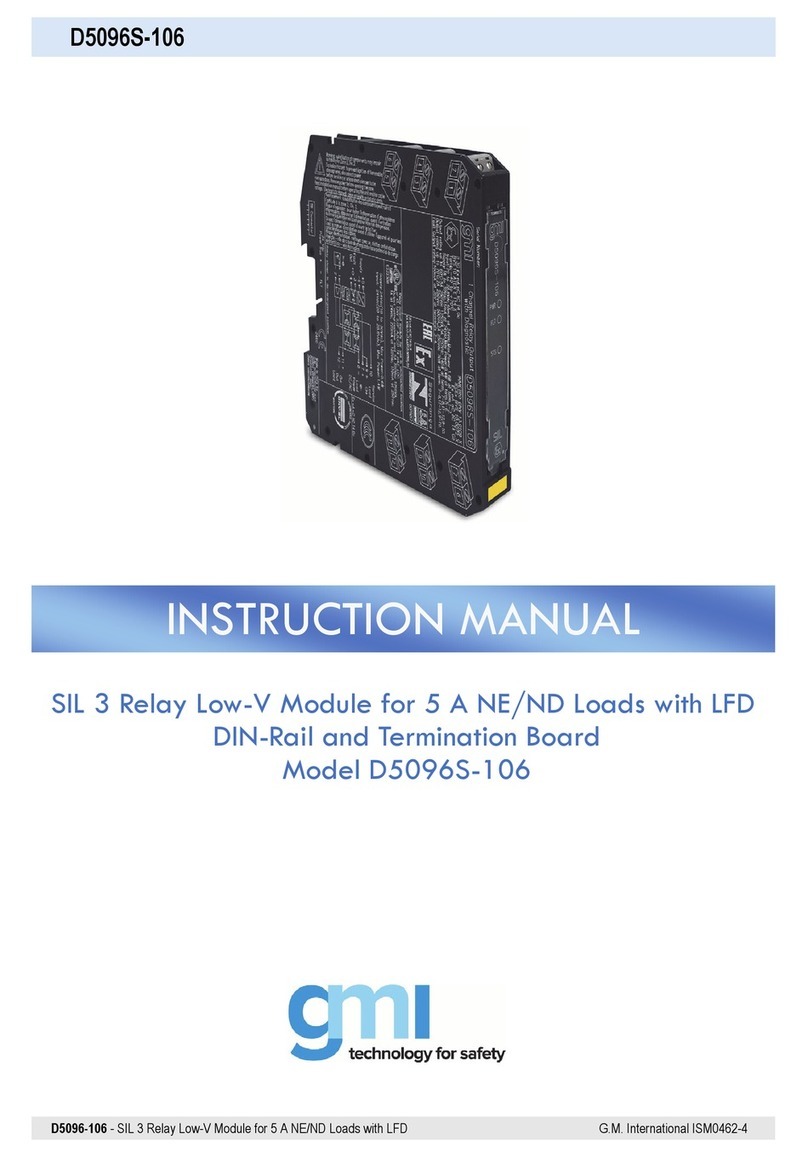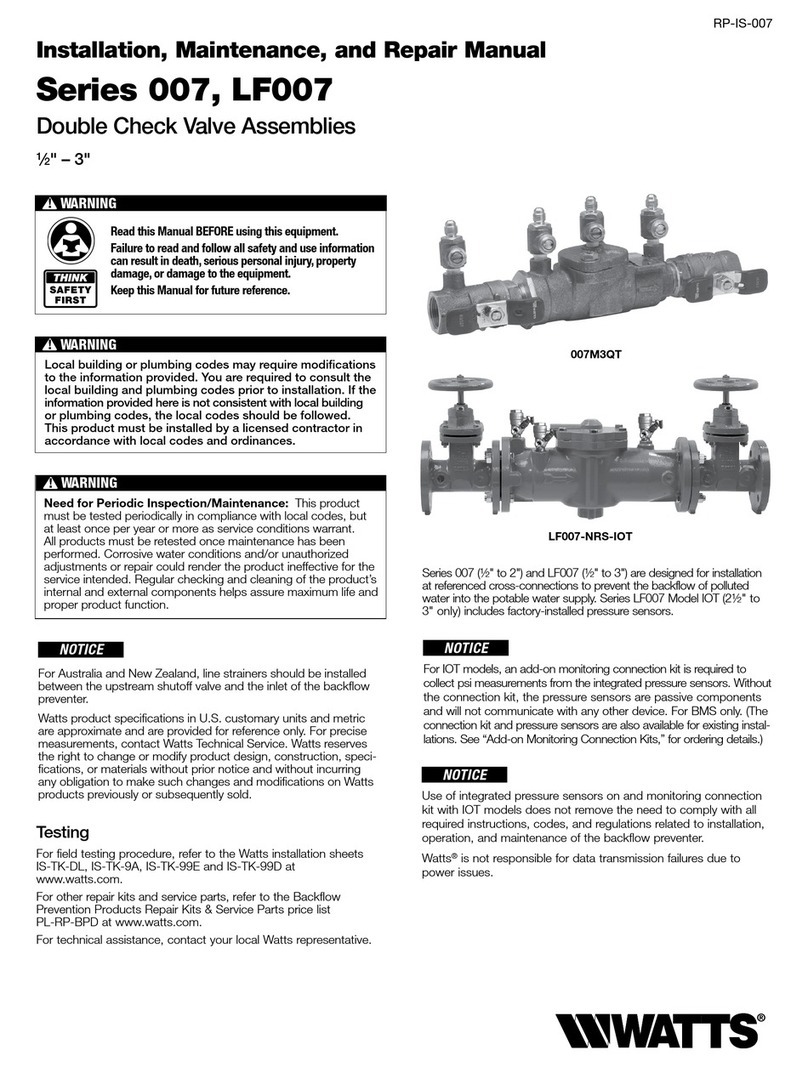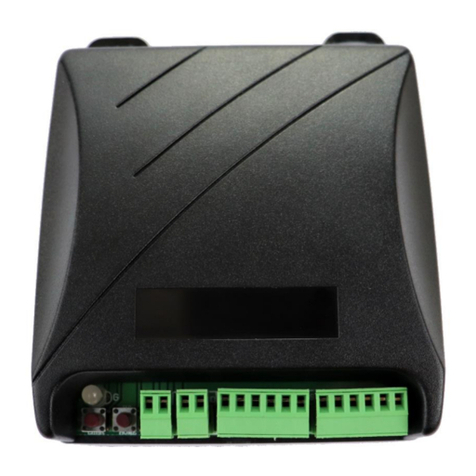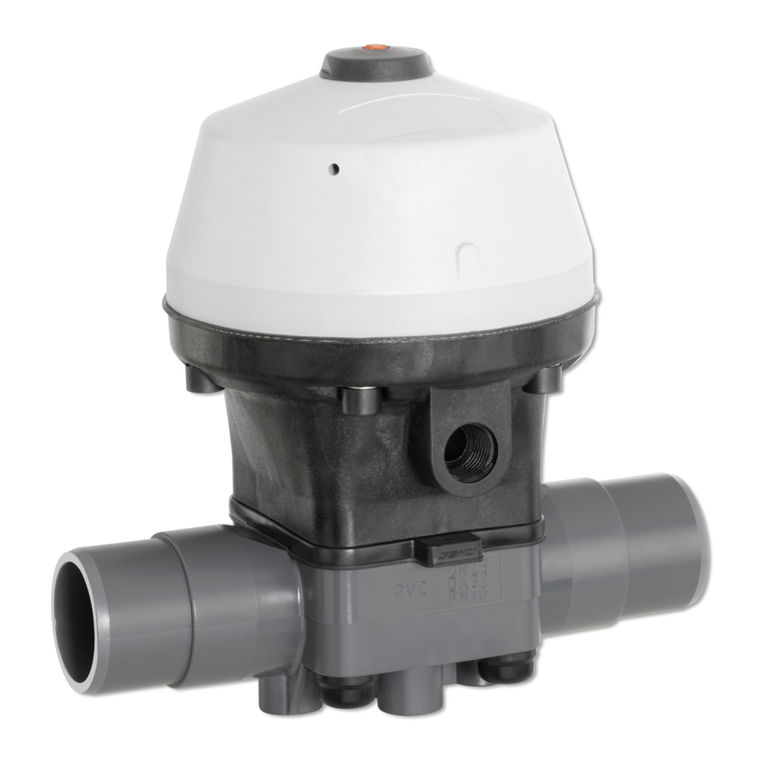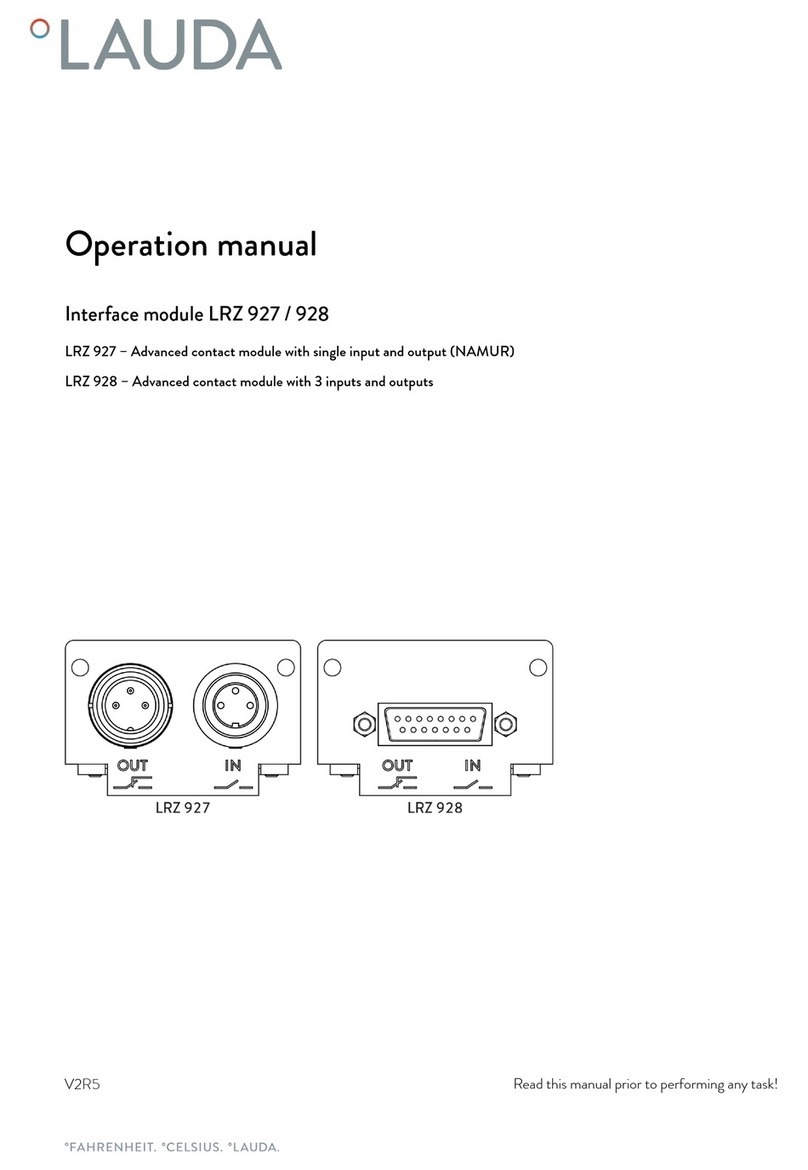TLV COS-3 User manual

172-65175MA-13 (COS Pressure Reducing Valve) 16 February 2022
Pressure Reducing Valve for Steam
COS-3/COS-16/COS-21
Copyright © 2022 by TLV CO., LTD.
All rights reserved

172-65175MA-13 (COS Pressure Reducing Valve) 16 Feb 2022
1
Contents
Introduction ....................................................................... 1
Safety Considerations....................................................... 2
Specifications.................................................................... 4
Acceptable Operating Range............................................ 4
Correct Usage of the COS Pressure Reducing Valve....... 5
Configuration..................................................................... 8
Installation....................................................................... 11
Adjustment ...................................................................... 15
Maintenance.................................................................... 16
Disassembly.................................................................... 17
Reassembly .................................................................... 23
Troubleshooting .............................................................. 25
TLV EXPRESS LIMITED WARRANTY........................... 28
Service ............................................................................ 30
Introduction
Thank you for purchasing the TLV COS pressure reducing valve for steam.
This product has been thoroughly inspected before being shipped from the
factory. When the product is delivered, before doing anything else, check the
specifications and external appearance to make sure nothing is out of the
ordinary. Also be sure to read this manual carefully before use and follow the
instructions to be sure of using the product properly.
The TLV pressure reducing valve for steam, model COS, is a new reducing
valve that eliminates these problems and makes possible the supply of very
dry steam at a constant pressure.
If detailed instructions for special order specifications or options not contained
in this manual are required, please contact TLV for full details.
This instruction manual is intended for use with the model(s) listed on the front
cover. It is needed not only for installation, but also for subsequent
maintenance, disassembly/reassembly and troubleshooting. Please keep it in
a safe place for future reference.

172-65175MA-13 (COS Pressure Reducing Valve) 16 Feb 2022
2
Safety Considerations
Read this section carefully before use and be sure to follow the instructions.
Installation, inspection, maintenance, repairs, disassembly, adjustment and valve
opening/closing should be carried out only by trained maintenance personnel.
The precautions listed in this manual are designed to ensure safety and prevent
equipment damage and personal injury. For situations that may occur as a result
of erroneous handling, three different types of cautionary items are used to
indicate the degree of urgency and the scale of potential damage and danger:
DANGER, WARNING and CAUTION.
The three types of cautionary items above are very important for safety: be sure
to observe all of them as they relate to installation, use, maintenance and repair.
Furthermore, TLV accepts no responsibility for any accidents or damage
occurring as a result of failure to observe these precautions.
Symbols
Indicates a DANGER, WARNING or CAUTION item.
Indicates an urgent situation which poses a threat of death or
serious injury
Indicates that there is a potential threat of death or serious injury
Indicates that there is a possibility of injury or equipment/product
damage
NEVER apply direct heat to the float.
The float may explode due to increased internal pressure, causing
accidents leading to serious injury or damage to property and
equipment.
Install properly and DO NOT use this product outside the
recommended operating pressure, temperature and other
specification ranges.
Improper use may result in such hazards as damage to the
product or malfunctions that may lead to serious accidents. Local
regulations may restrict the use of this product to below the
conditions quoted.
DO NOT use the product in excess of the maximum operating
pressure differential.
Such use could make discharge through the product impossible
(blocked).
Use hoisting equipment for heavy objects (weighing
approximately 20 kg (44 lb) or more).
Failure to do so may result in back strain or other injury if the
object should fall.
Take measures to prevent people from coming into direct
contact with product outlets.
Failure to do so may result in burns or other injury from the
discharge of fluids.
Continued on the next page
DANGER
WARNING
CAUTION
WARNING
CAUTION

172-65175MA-13 (COS Pressure Reducing Valve) 16 Feb 2022
3
When disassembling or removing the product, wait until the
internal pressure equals atmospheric pressure and the
surface of the product has cooled to room temperature.
Disassembling or removing the product when it is hot or under
pressure may lead to discharge of fluids, causing burns, other
injuries or damage.
Be sure to use only the recommended components when
repairing the product, and NEVER attempt to modify the
product in any way.
Failure to observe these precautions may result in damage to the
product and burns or other injury due to malfunction or the
discharge of fluids.
Do not use excessive force when connecting threaded pipes to
the product.
Over-tightening may cause breakage leading to fluid discharge,
which may cause burns or other injury.
Use only under conditions in which no freeze-up will occur.
Freezing may damage the product, leading to fluid discharge,
which may cause burns or other injury.
Use only under conditions in which no water hammer will
occur.
The impact of water hammer may damage the product, leading to
fluid discharge, which may cause burns or other injury.
CAUTION

172-65175MA-13 (COS Pressure Reducing Valve) 16 Feb 2022
4
Specifications
Install properly and DO NOT use this product outside the recommended
operating pressure, temperature and other specification ranges.
Improper use may result in such hazards as damage to the product or
malfunctions which may lead to serious accidents. Local regulations
may restrict the use of this product to below the conditions quoted.
CAUTION
DO NOT use the trap in excess of the maximum operating pressure
differential; such use could make discharge impossible (blocked).
CAUTION
Use only under conditions in which no freeze-up will occur. Freezing
may damage the product, leading to fluid discharge, which may cause
burns or other injury.
CAUTION
Refer to the product nameplate for detailed specifications.
* Valve No. is displayed for products with options. This item is omitted from the nameplate
when there are no options.
Acceptable Operating Range
Model
COS-3
COS-16
COS-21
Primary Pressure Range
0.1 to 0.3 MPaG
(15 to 45 psig)
0.2 to 1.6 MpaG
(30 to 250 psig)
1.35 to 2.1 MPaG
(190 to 300 psig)
Adjustable Pressure
Range
(All conditions must
be met)
0.01 to 0.05 MPaG
(1.5 to 7 psig)
Within 10 –84% of the primary pressure
Minimum adjustable
pressure of 0.03 MPaG
(5 psig)
Minimum adjustable
pressure of 0.55 MPaG
(80 psig)
Pressure differential
between
0.07 to 0.85 MPa
(10 to 120 psi)
Maximum pressure
differential of 0.85 MPa
(120 psi)
Maximum Operating
Temperature
220 °C (428 F)
Minimum Adjustable
Flow Rate
5% of rated
flow rate
5% of rated flow rate; 10% of rated flow rate for
sizes 65 mm (21/2in) and larger
(1 MPa = 10.197 kg/cm2)

172-65175MA-13 (COS Pressure Reducing Valve) 16 Feb 2022
5
Correct Usage of the COS Pressure Reducing Valve
Install properly and DO NOT use this product outside the recommended
operating pressure, temperature and other specification ranges.
Improper use may result in such hazards as damage to the product or
malfunctions which may lead to serious accidents. Local regulations
may restrict the use of this product to below the conditions quoted.
CAUTION
1.
The COS should be operated only within its specifications.
2.
Installing an ON/OFF Valve (Solenoid Valve or Motorized Valve)
If an on-off valve, such as a motorized valve, is required to stop supply of
steam to the steam-using equipment, install it at the inlet side of the COS. If a
solenoid valve is installed at the outlet of the COS, its opening and closing will
cause heavy chattering and may lead to damage of the piston and main valve.
(When the on-off valve opens, the secondary pressure of the COS changes
from zero to the set pressure. Passing through an area of the reducing ratio of
less than 10:1, where adjustment is impossible, chattering occurs
momentarily.) To save energy, it is recommended to install the on-off valve as
near to the boiler as possible.
NOTE: To prevent water hammer, it is recommended that a slow-acting
motorized on-off valve be used. In particular, if a fast-acting on-off solenoid
valve is used for frequent temperature control, the potential water hammer
effect can damage the steam-using equipment and the COS.
3.
Installing a Control Valve and Safety Valve
A control valve installed between the COS and the steam-using equipment
(downstream of the COS) for controling equipment temperature may raise the
pressure between the COS and the control valve when the control valve is
closed, depending on the spatial relationship. A safety valve should be
installed downstream of the control valve.
Note: When installing a safety valve to protect the steam-using equipment, be
sure to install it on the steam-using equipment or directly before the inlet of the
steam-using equipment. If the safety valve is installed on the outlet side of the
COS between the COS and a control valve, an eventual pressure rise could
activate the safety valve.
COS
Inlet side
Motorized
Valve
COS
Outlet side
Solenoid
Valve
Steam-using
Equipment
Steam-using
Equipment
COS
Control
Valve
Safety
Valve
Steam-using
Equipment
Steam-using
Equipment
COS
Control
Valve
Safety
Valve

172-65175MA-13 (COS Pressure Reducing Valve) 16 Feb 2022
6
4.
Precautions for the Installation of Additional Fittings Before or After the Reducing
Valve
In order to ensure stable steam flow, the piping upstream and downstream of the
COS must be straight runs. If a COS is installed either directly before or after an
elbow or control valve, unevenness in steam flow may result in chattering and
unstable pressure.
To ensure stable steam flow, it is recommended that the COS be installed on
straight runs of piping, as illustrated below.
1) Inlet (primary side) of the COS NOTE: d = pipe diameter
Maintain a straight piping run of
10 d or more when a manual
valve, a strainer or an elbow, etc. is
installed.
(Example: if nominal size is 25 mm
(1 in), have 250 mm (10 in) or more)
Maintain a straight piping run of
30 d or more when an automated
valve (on-off valve) is installed.
(Example: if nominal size is 25
mm (1 in), have 750 mm (30 in)
or more)
Maintain a straight piping run of
30 d or more when another
pressure reducing valve is
installed. (Two-stage pressure
reduction)
(Example: if nominal size is 25
mm (1 in), have 750 mm (30 in)
or more)
2) Outlet (secondary side) of the COS
Maintain a straight piping run of
15 d or more when a manual
valve, a strainer or an elbow,
etc. is installed.
(Example: if nominal size is 25
mm (1 in), have 375 mm (15
in) or more)
Maintain a straight piping run of
30 d or more when a safety
valve is installed.
(Example: if nominal size is 25
mm (1 in), have 750 mm (30
in) or more)
Maintain a straight piping run of
30 d or more when a control
valve or an automated valve
(on-off valve) is installed.
(Example: if nominal size is 25
mm (1 in), have 750 mm (30
in) or more)
COS
10d or more
Valve, strainer,
elbow, etc.
COS
Valve, strainer,
elbow, etc.
Less
than
10d
COS
30d or more
Automated
Valve
COS
Automated
Valve
Less than
30d
30d or more
COS
Less than
30d
COS
COS
15d or more
Valve, strainer,
elbow, etc.
COS Valve, strainer,
elbow, etc.
Less than
15d
COS
30d or more
Safety
Valve
COS Safety
Valve
Less than
30d
COS
30d or more
Control or
Automated
Valve
COS
Control or
Automated Valve
Less than
30d

172-65175MA-13 (COS Pressure Reducing Valve) 16 Feb 2022
7
Maintain a straight piping run of
30 d or more when another
pressure reducing valve is
installed. (Two-stage pressure
reduction)
(Example: if nominal size is 25
mm (1 in), have 750 mm (30 in)
or more)
30d or more
COS
Less than
30d
COS

172-65175MA-13 (COS Pressure Reducing Valve) 16 Feb 2022
8
Configuration
COS-3
20 to 50 mm (3/4to 2 in)
(Cast Iron, Cast Stainless Steel)
No.
Name
A
B
C
D
E
F
G
1
Main Body
2
Trap Body
3
Trap Cover
4
Separator
5
Float
6
Float Cover
7
Trap Valve Seat
8
Separator Screen
9
Main Valve Seat
10
Main Valve
11
Main Valve Holder
12
Piston
13
Cylinder
14
Pilot Screen
15
Pilot Screen Holder
16
Pilot Body
17
Pilot Valve
18
Pilot Valve Seat
19
Diaphragm
20
Diaphragm Support
21
Spring Housing
22
Coil Spring
23
Adjustment Screw
24
Spanner Cap
25
Plug –Sensing Line Port
26
Gasket
(Pilot Body/Main Body)
27
Trap Valve Seat Gasket
28
Gasket
(Trap Body/Trap Cover)
29
Gasket
(Main Body/Trap Body)
30
Main Valve Seat Gasket
31
Pilot Screen Holder Gasket
32
Pilot Valve Seat Gasket
33
Diaphragm Gasket
34
Cylinder Gasket
35
Piston Ring
36
Tension Ring
37
Main Valve Spring
38
Pilot Valve Spring
A:
Maintenance Kit
B:
Repair Kit for Main Valve
C:
Repair Kit for Piston
D:
Repair Kit for Piston Ring
E:
Repair Kit for Pilot Valve
F:
Repair Kit for Trap Valve Seat
G:
Float

172-65175MA-13 (COS Pressure Reducing Valve) 16 Feb 2022
9
COS-16/COS-21
15 to 50 mm (1/2to 2 in)
(Cast Iron, Cast Stainless Steel)
No.
Name
A
B
C
D
E
F
G
1
Main Body
2
Trap Body
3
Trap Cover
4
Separator
5
Float
6
Float Cover
7
Trap Valve Seat
8
Separator Screen
9
Main Valve Seat
10
Main Valve
11
Main Valve Holder
12
Piston
13
Cylinder
14
Pilot Screen
15
Pilot Screen Holder
16
Pilot Body
17
Pilot Valve
18
Pilot Valve Seat
19
Diaphragm
20
Diaphragm Support
21
Spring Housing
22
Coil Spring
23
Adjustment Screw
24
Spanner Cap
25
Plug –Sensing Line Port
26
Gasket
(Pilot Body/Main Body)
27
Trap Valve Seat Gasket
28
Gasket
(Trap Body/Trap Cover)
29
Gasket
(Main Body/Trap Body)
30
Main Valve Seat Gasket
31
Pilot Screen Holder
Gasket
32
Pilot Valve Seat Gasket
33
Diaphragm Gasket
34
Cylinder Gasket
35
Piston Ring
36
Tension Ring
37
Main Valve Spring
38
Pilot Valve Spring
A:
Maintenance Kit
B:
Repair Kit for Main Valve
C:
Repair Kit for Piston
D:
Repair Kit for Piston Ring
E:
Repair Kit for Pilot Valve
F:
Repair Kit for Trap Valve Seat
G:
Float
NOTE: No kits available for COS-21 parts. Please order per parts if needed.

172-65175MA-13 (COS Pressure Reducing Valve) 16 Feb 2022
10
COS-16/COS-21
65 to 100 mm (21/2to 4 in)
(Cast Iron)
Plug
(option)
Plug
(option)
No.
Name
A
B
C
D
E
F
G
1
Main Body
2
Trap Body
3
Trap Cover
4
Separator
5
Float
6
Float Cover
7
Trap Valve Seat
8
Separator Screen
9
Main Valve Seat
10
Main Valve
11
Main Valve Holder
12
Piston
13
Cylinder
14
Pilot Screen
15
Pilot Screen Holder
16
Pilot Body
17
Pilot Valve
18
Pilot Valve Seat
19
Diaphragm
20
Diaphragm Support
21
Spring Housing
22
Coil Spring
23
Adjustment Screw
24
Spanner Cap
25
Plug –Sensing Line
Port
26
Gasket
(PilotBody/PilotCover)
27
TrapValveSeatGasket
28
Gasket
(TrapBody/TrapCover)
29
Gasket
(MainBody/TrapBody)
30
MainValve SeatGasket
31
Pilot Screen Holder
Gasket
32
PilotValveSeatGasket
33
Diaphragm Gasket
34
Pilot Cover
35
Piston Ring
36
Tension Ring
37
Main Valve Spring
38
Pilot Valve Spring
39
Seal Ring
40
Gasket
(PilotCover/MainBody)
41
Silencer
A:
Maintenance Kit
B:
Repair Kit for Main Valve
C:
Repair Kit for Piston
D:
Repair Kit for Piston Ring
E:
Repair Kit for Pilot Valve
F:
Repair Kit for Trap Valve Seat
G:
Float
NOTE: No kits available for COS-21 parts. Please order per parts if needed.

172-65175MA-13 (COS Pressure Reducing Valve) 16 Feb 2022
11
Installation
Install properly and DO NOT use this product outside the recommended
operating pressure, temperature and other specification ranges.
Improper use may result in such hazards as damage to the product or
malfunctions which may lead to serious accidents. Local regulations
may restrict the use of this product to below the conditions quoted.
CAUTION
Use hoisting equipment for heavy objects (weighing approximately
20 kg (44 lb) or more). Failure to do so may result in back strain or other
injury if the object should fall.
CAUTION
Take measures to prevent people from coming into direct contact with
product outlets. Failure to do so may result in burns or other injury from
the discharge of fluids.
CAUTION
Installation, inspection, maintenance, repairs, disassembly, adjustment and valve
opening/closing should be carried out only by trained maintenance personnel.
1.
Blowdown
Before installing the COS unit, be sure to
blow down all piping thoroughly. If this is
not possible, perform a blowdown using
the bypass valve.
Blowdown is especially important for
newly installed piping or after the system
has been shut down for a long period of
time.
2.
Removing Seal and Cap
Before installation, be sure to remove all protective seals and caps.
(Found in 3 locations, on the product inlet and outlets.)
3.
Installation Angle
Install the COS vertically, so that the arrow
mark on the body points horizontally in the
direction of steam flow.
Allowable inclination is 10 degrees in the
fore-aft direction and 15 degrees in the plane
perpendicular to the steam flow line.
4.
Spacer Installation
If spacing adjustment is necessary to accommodate installation, install a
spacer on the outlet flange.
The spacer should consist of a
spacer, gaskets, bolts and nuts.
Fit gaskets to both sides of the
spacer between the COS outlet
and the pipe flange. Fasten with
bolts and nuts.
5.
Piping Support
Blowdown Using Bypass Valve
Closed Closed
Open
COS
10
10
15151515
Correct Spacer
Location
Incorrect Spacer
Location

172-65175MA-13 (COS Pressure Reducing Valve) 16 Feb 2022
12
Install the COS, paying attention to avoid
excessive load, bending and vibration.
Support the inlet and outlet pipes
securely.
6.
Maintenance Space
Leave sufficient space for maintenance, inspection
and repair.
(Unit: mm (in))
7.
Trap Outlet Pipe
For ease of maintenance, installation of a union connection is recommended
for the trap outlet pipe.
Connect the outlet pipe to a condensate
return line, or extend it to a trench. In the
case of the latter, make sure the end of the
pipe is above the waterline. (Dirt and water
may be sucked up by the vacuum formed
during trap closure and system shutdown.)
8.
Blowdown Valve (requires optional plug)
In an environment of heavy dirt or scale, or when the steam-using equipment is used
only periodically, such as for room heating equipment, be sure to use a blowdown
valve.
1) Remove the plug from the main body.
2) Install the blowdown valve.
3) Open the blowdown valve and blow any residual dirt
and scale off of the screen.
4) Periodically activate the blowdown valve to keep the
system free of dirt and scale.
9.
Piping Size
If it is expected that the secondary steam flow velocity will be more than 30 m/s
(100 ft/s), install a diffuser in order to keep the flow velocity below 30 m/s (100
ft/s). If the distance between the reducing valve and the steam-using equipment
is great, a possible drop in pressure should be taken into consideration when
selecting the piping size.
In addition, when installing the strainer, the strainer screen should be either at
the 3 o’clock or 9 o’clock position to prevent condensate accumulation.
100
(4)
100
(4)
100
(4) 400
(16)
300
(12)
100
(4)
400
(16)
Small Hole
Remove the 3/8in
plug (optional)
and install the
blowdown valve
Straight-run Piping Lengths (d = pipe diameter) :
Upstream = 10 d or more; Downstream = 15 d or more
Diffuser
COS
Diffuser
COS
COSCOS

172-65175MA-13 (COS Pressure Reducing Valve) 16 Feb 2022
13
10.
Two-stage Pressure Reduction
Two-stage pressure reduction should be performed whenever the pressure
cannot be reduced to the desired level with a COS due to operating range
limitations, such as when the reduction ratio is greater than 10:1.
11.
Accessories
Always install a shut-off valve, pressure gauge and bypass line at both inlet and
outlet.
Ball valves, which will not retain condensate, are recommended for inlet and outlet
shut-off valves. The bypass pipe should be at least 1/2of the size of the inlet
(primary side) pipe.
Safety Valve
(Relief Valve)
Pressure
Gauge
Shut-off
Valve
Bypass
Valve
Inlet Outlet
Pressure
Gauge Pressure
Gauge
COS COS
Bypass
Valve
Shut-off
Valve Shut-off
Valve Shut-off
Valve
Safety Valve
(Relief Valve)
Pressure
Gauge
Shut-off
Valve
Bypass
Valve
Inlet Outlet
Pressure
Gauge Pressure
Gauge
Bypass
Valve
Shut-off
Valve Shut-off
Valve Shut-off
Valve
COS
COS
Ball Valve
Globe Valve
Pressure
Gauge
Ball Valve
Pressure
Gauge
COS
Ball Valve
Globe Valve
Pressure
Gauge
Ball Valve
Pressure
Gauge
COSCOS

172-65175MA-13 (COS Pressure Reducing Valve) 16 Feb 2022
14
External SecondaryPressure Sensing Line
Standard model is factory prepared for internal sensing.
A secondary pressure detection port has been added to all COS pilot bodies to allow
for installation of a 10 mm (3/8in) secondary pressure sensing line, which improves
performance and increases valve capacity (flow rate). This model is delivered with a
secondary pressure sensing line plug installed in this port. When the external sensing
method is used, follow the installation procedure shown below.
For proper use of COS with the external secondary pressure sensing line, follow the
installation procedure below.
1) Loosen and remove the hex bolts (nuts) that attach the pilot body to the main body
or the pilot cover (65 to 150 mm (21/2to 4 in)) and remove the pilot body.
2) Install the provided blind pin by first removing the connecting tube from the main
body and then substituting the blind pin.
3) Re-install the pilot body and fasten the hex bolts (nuts) evenly.
4) Remove the plug Rc(PT) 3/8(or NPT 3/8) and connect the secondary pressure
sensing line with a slightly falling pitch.
The end of the external secondary pressure sensing line should be connected to the
place on the steam-using equipment where the pressure is to be sensed.
A shut-off valve should be installed in the external secondary pressure sensing line.
Connecting Tubes
Pilot Valve Body
Plug Rc(PT) 3/8
Hex Bolt (Nut)
Body Inlet Outlet
Blind
Pin
Replace the factory-installed connector (has
holes) with the blind pin (has no holes).
Connecting
Tube
Pilot Valve Body
Steam-using Equipment
COS
Valve
15 d or more
1 m (3.3 ft)
or 15 d,
whichever is
larger
10 mm (3/8in) Outlet
Pressure Sensing Line
(slightly falling pitch)
Piping Example:
15 to 50 mm (1/2to 2 in)
65 to 100 mm (21/2to 4 in)

172-65175MA-13 (COS Pressure Reducing Valve) 16 Feb 2022
15
Adjustment
The COS reducing valve should be properly adjusted for protection of the steam-
using equipment against water hammer.
1. It is necessary to blow down all pipe lines thoroughly. The blowdown is especially
important if the line is new or has been shut down for a long period of time.
Take particular care to ensure that matter such as condensate and dirt does not
remain inside the steam-using equipment.
(Stay clear of any pressurized blow-out from the safety valve.)
2. Make sure that the shut-off valve and the bypass valve located upstream and
downstream of the COS are completely closed.
3. Remove the spanner cap, loosen the locknut and turn the adjustment screw
counterclockwise to reduce tension on the coil spring.
4. Slowly, fully open the shut-off valve at the inlet of the COS. Allow sufficient time
for condensate remaining at the inlet of the COS to be discharged.
5. Slightly open the shut-off valve at the outlet of the COS.
6. Turn the adjustment screw until the desired outlet pressure is obtained. Wait
several minutes.
7. Slowly, fully open the shut-off valve at the outlet of the COS.
8. After setup, retighten the locknut and replace the spanner cap.
9. When shutting down the system, always close the outlet shut-off valve first and
then the inlet valve.
Loosen the locknut
Loosen the adjustment screw
Counterclockwise
Clockwise
Counterclockwise
Loosen the Adjustment Screw
Decrease Pressure
Tighten the Adjustment Screw
Increase Pressure

172-65175MA-13 (COS Pressure Reducing Valve) 16 Feb 2022
16
Maintenance
Take measures to prevent people from coming into direct contact with
product outlets. Failure to do so may result in burns or other injury from
the discharge of fluids.
CAUTION
Be sure to use only the recommended components when repairing the
product, and NEVER attempt to modify the product in any way. Failure to
observe these precautions may result in damage to the product or burns
or other injury due to malfunction or the discharge of fluids.
CAUTION
Operational Check
To ensure long service life of the COS, the following inspection and maintenance
should be performed regularly.
Part
Inspection and Maintenance Frequency
Screens
(Separator and Pilot)
Disassemble and clean annually.
If there is substantial blockage, install a strainer
(approximately 60 mesh) ahead of the COS.
Main Valve, Main Valve
Seat, Pilot Valve and Pilot
Valve Seat
Replace after approximately 15,000 hours.
If there is chattering or dirt, premature wear may result.
Piston Ring
Replace after approximately 8,000 hours.
If there is chattering or if scale build-up is severe,
premature wear may result.
Piston
Replace after approximately 30,000 hours.
If hunting or chattering takes place, premature wear may
result.
Trap Valve Seat
Replace after approximately 40,000 hours.
If scale build-up is severe, blockage may occur in a short
period of time.
Diaphragm
Replace after approximately 30,000 hours.
If hunting or chattering takes place, cracks or fatigue may
develop in a short period of time.

172-65175MA-13 (COS Pressure Reducing Valve) 16 Feb 2022
17
Disassembly
NEVER apply direct heat to the float. The float may explode due to
increased internal pressure, causing accidents leading to serious injury
or damage to property and equipment.
WARNING
Use hoisting equipment for heavy objects (weighing approximately
20 kg (44 lb) or more). Failure to do so may result in back strain or other
injury if the object should fall.
CAUTION
When disassembling or removing the product, wait until the internal
pressure equals atmospheric pressure and the surface of the product
has cooled to room temperature. Disassembling or removing the
product when it is hot or under pressure may lead to discharge of fluids,
causing burns, other injuries or damage.
CAUTION
It is a recommended practice to dismantle and inspect the COS once a year for
preventive maintenance purposes. It is especially important to perform an
inspection immediately after the initial run of a new line or before or after equipment
such as a heater is out of service for a long period of time. (Installation, inspection,
maintenance, repairs, disassembly, adjustment and valve opening/closing should
be carried out only by trained maintenance personnel.)
Remove all steam from the piping (both upstream and downstream). If the steam
supply to the system cannot be shut off, change over to bypass operation. Close
shut-off valves at the inlet and outlet of the COS completely. Relieve residual steam
pressure by loosening slightly the spring housing hex bolt and screen holder or
plug. Wait for the body to cool before attempting to remove the COS from the line.
Then remove inlet and outlet flange retaining bolts and nuts to permit removal of
the COS. Secure the COS in a vise to perform the inspection.
Disassembling the Adjustment Section
Loosen the adjustment screw completely and remove the hex bolts. Having removed
the spring housing, you will see the diaphragm retainer, coil spring and spring
retainer.
Check for seizure or any damaged screw threads.
15 to 100 mm (1/2to 4 in)
Spanner Cap
Nameplate
Adjustment Screw
Ball
Spring Retainer
Coil Spring
Diaphragm Support
Hex Bolt
Spring Housing
Locknut

172-65175MA-13 (COS Pressure Reducing Valve) 16 Feb 2022
18
Disassembling the Pilot Section
The diaphragm is removed by utilizing the notch in the pilot body. Loosen the pilot
valve seat with a box wrench and remove it. Lift the pilot valve spring up and out with
a pair of tweezers. Then loosen and remove the screen holder to remove the screen.
Check for any fault on the seat of the pilot valve, flaws on the gaskets, and
clogging of the screen. Check for deformation, corrosion or faults on the
diaphragm. The diaphragm should be convex (open downward), with the printed
UP mark on the top.
15 to 50 mm (1/2to 2 in)
65 to 100 mm (21/2to 4 in)
Diaphragm
Pilot Valve Seat
& Gasket
Pilot Valve
Pilot Valve Spring
Plug
Pilot Body
Gasket
Notch
Hex Bolt
Pilot Screen
Pilot Screen Holder
& Gasket
Diaphragm
Pilot Valve Seat
& Gasket
Pilot Valve
Pilot Valve Spring
Plug
Hex Bolt
Pilot Body
Gasket
Notch
Connecting
Tubes
Hex Bolt
Pilot Cover
Pilot Screen
Pilot Screen Holder
& Gasket

172-65175MA-13 (COS Pressure Reducing Valve) 16 Feb 2022
19
Disassembling the Piston Section
Remove the pilot body after loosening and removing the bolts (stud bolts).
During this process, pay attention not to lose the connecting tubes (2).
Remove the piston, cylinder and the silencer (for 65 to 100 mm (21/2to 4 in) only)
from the body. Then remove the piston rings and the tension rings from the piston.
Do not apply too much force when removing the piston rings and tension rings.
Check for the interior of the cylinder, the exterior of the piston rings, the small hole
on the piston and the gaskets for any fault or abnormality.
15 to 50 mm (1/2to 2 in)
65 to 100 mm (21/2to 4 in)
Piston
Cylinder
Connecting
Tube
Gasket
Piston Ring
Tension Ring
Piston Ring
Tension Ring
Connecting
Tube
Gasket
Piston
Cylinder
Connecting
Tube
Gasket
Piston Ring
Tension Ring
Piston Ring
Tension Ring
Connecting
Tube
Gasket Screen
(as a silencer)
Seal Ring
This manual suits for next models
2
Table of contents
Other TLV Control Unit manuals

